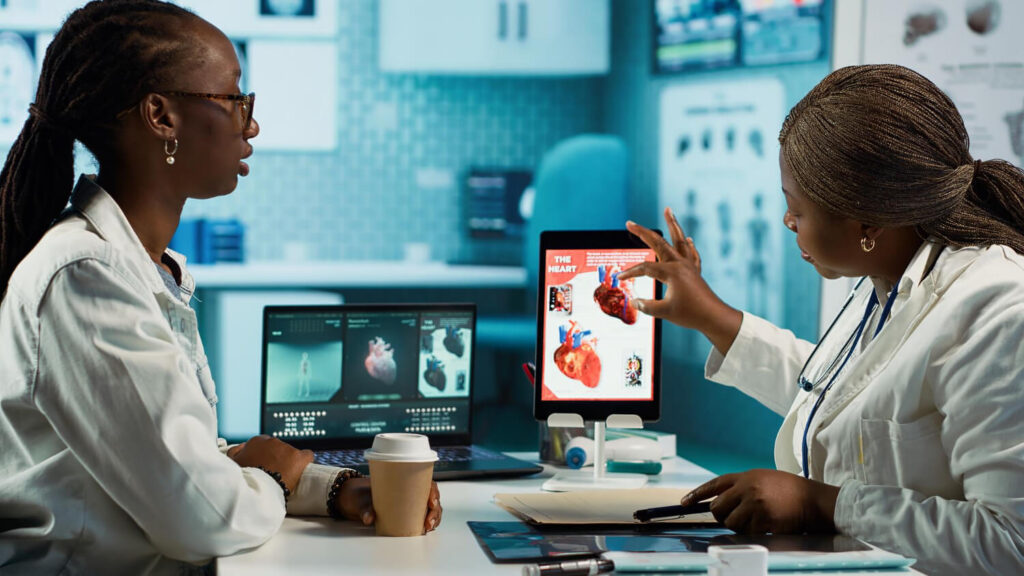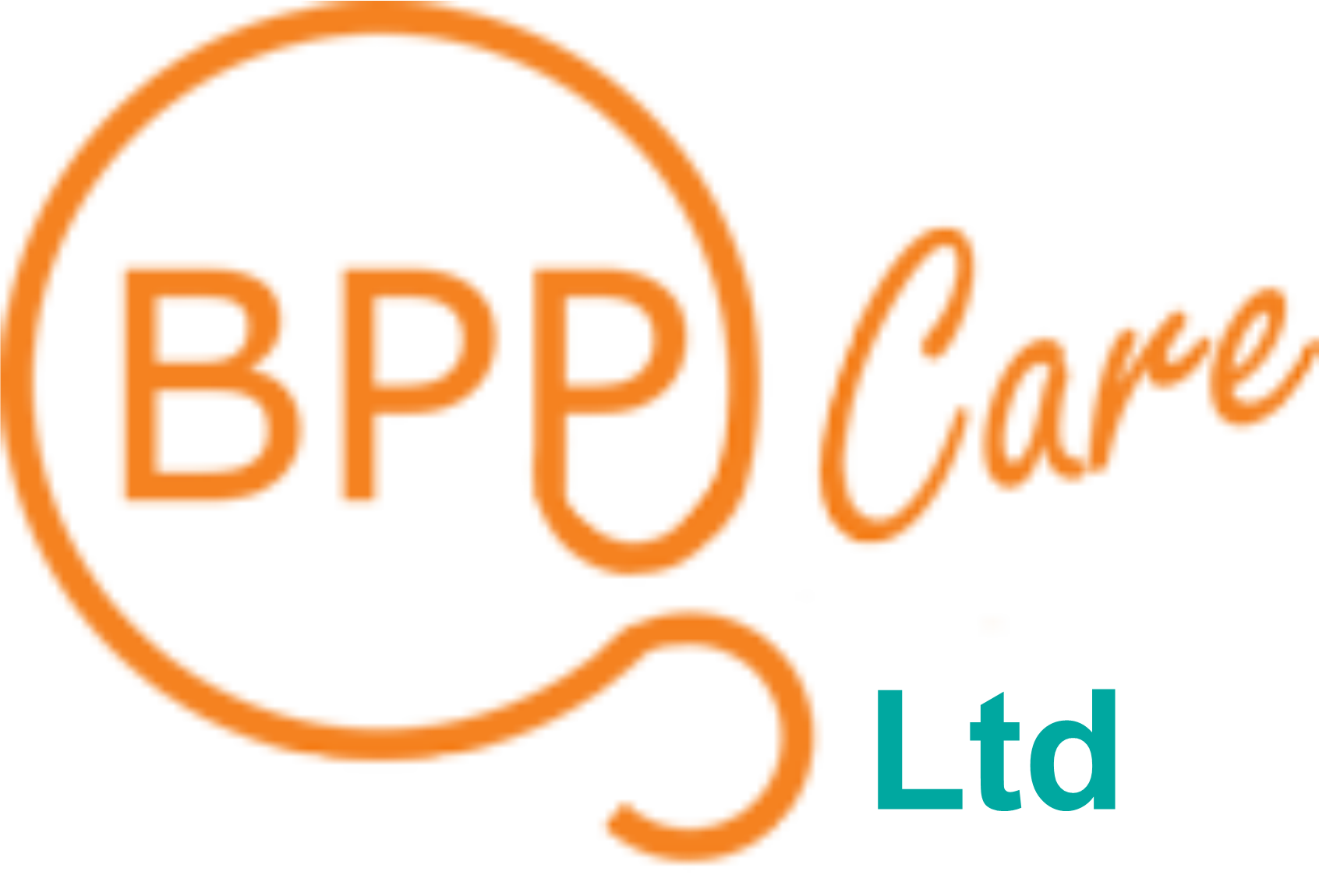
Predictive analytics in healthcare is changing how we plan for the future. In today’s fast world, hospitals cannot afford to guess. They need smart ways to manage people and resources. Therefore, using data to predict what’s coming next helps them prepare better.
Not too long ago, many hospitals struggled with the same problem. There were either too few nurses or too many idle staff. This caused stress for workers and high costs for hospitals. Also, patients suffered when care was delayed. However, things started to change when predictive analytics in healthcare stepped in.
What Is Predictive Analytics in Healthcare?
Healthcare is full of moving parts. Predictive analytics in healthcare brings order to the chaos. It uses past data to shape better choices today. Therefore, it turns guesswork into clear direction.
From tracking patient flow to planning resources, it works wonders. Hospitals now rely less on chance. Instead, they make informed decisions. Also, teams act faster when trends are spotted early.
Predictive analytics in healthcare is the use of past health data to spot patterns that can help forecast future outcomes. It helps healthcare providers see what might happen next by studying trends in patient history, treatments, and diseases. With this tool, hospitals can predict health risks, plan clinical actions, and even track how illnesses might spread.
This method leads to better planning and stronger systems. It helps doctors, nurses, and leaders feel in control. Most importantly, patients get better care. That’s the power of predictive analytics in healthcare.
Now, let’s walk through how this powerful tool is helping hospitals fix staffing problems. You will see how numbers can tell stories. You will also see how stories can lead to smart decisions. After all, great care begins with great planning.

Smarter Forecasting: The New Way to Handle Staffing Needs
Think about this: You running a hospital on guesswork. It sounds risky, right? That’s how many hospitals used to work. But not anymore, thanks to predictive analytics in healthcare.
Today, leaders can forecast how many nurses or doctors are needed. They do not rely on gut feelings anymore. Instead, they use data from past months to spot trends. For example, some hospitals see more patients during holidays. Others notice a rush on Mondays.
With this tool, they prepare ahead. This means fewer staff shortages and less overworking. It also means patients get care faster instead of waiting long hours. Moreover, it saves money, since you’re not hiring too many people. Over time, this builds a stronger system.
So, instead of panic, hospitals plan. They know what’s coming and get ready. Predictive analytics in healthcare gives them this edge. It makes decisions smarter, smoother, and safer.
Fixing the Flaws in Manual Scheduling
Manual scheduling has its limits. One person cannot remember every need or pattern. This often leads to last-minute calls and unhappy workers. That is where predictive analytics in healthcare makes a huge difference.
With smart tools, managers create better rosters. These rosters match patient demand with the right number of staff. That means fewer burned-out nurses. It also means better balance for staff.
In short, smart scheduling creates happy workers. Happy workers give better care. The chain reaction starts with data. And it ends with better outcomes for everyone.
Saving Money Without Cutting Corners
Everyone wants to save money. But no one wants to cut corners on care. Thankfully, predictive analytics in healthcare offers a win-win. It shows hospitals where to adjust staffing without hurting patients.
Moreover, predictive tools spot waste. Some departments may be overstaffed while others need help. Fixing this saves cost and improves flow. So, money is used better across the board.
The Royal Free Hospital used these insights to reduce unnecessary weekend staffing by 20%, redirecting funds to departments that needed urgent support. This smart strategy boosted morale and efficiency.
This smart method doesn’t just save money. It also builds trust. Staff feel seen and valued. Patients feel the care is consistent. And leaders feel more in control.
Reacting Fast to Sudden Changes
Health is not always predictable. Emergencies happen. Flu seasons hit hard. COVID taught us that things can change overnight. That’s why predictive analytics in healthcare is so important.
With these tools, hospitals respond faster. They know when spikes may happen. And they prepare with extra hands. That way, care is never delayed.
Think about a small clinic that faced a sudden rise in cases. They didn’t panic. Why? Because predictive models showed the trend two weeks before. So, they hired temporary staff and ordered extra supplies. They were ready when it mattered most.
Quick action saves lives. And that action starts with information. Predictive analytics in healthcare gives hospitals the lead time they need. It’s like having a weather forecast, but for patient needs.
Building Happier Healthcare Teams
It’s not just about numbers. It’s also about people. When workers feel heard and supported, they do better. That’s another win for predictive analytics in healthcare.
Data shows which staff are overworked. It also spots gaps where help is needed. Managers can
Workplace peace leads to better care. That’s why happy teams matter. And predictive analytics in healthcare is a key part of keeping them happy.
Filling Gaps Before They Become Big Problems
Hospitals often have open shifts. Sometimes, they fill them late. Other times, they do not fill them at all. This causes stress and poor care. Predictive analytics in healthcare can solve this.
By looking at patterns, managers see which shifts go empty. They plan better. They also hire better. For instance, if weekends are always short, they add extra weekend workers.
One care home used this and saw big changes. Before, their weekends were chaos. But now, they plan early. They even train float staff to fill in. It’s smooth and calm now.
Planning is easier with good tools. And predictive analytics in healthcare gives you just that.
Improving Patient Experience With Better Staffing
Patients notice when care is slow. They also notice when staff are kind and calm. With predictive analytics in healthcare, hospitals improve this experience.
More staff at the right time means faster care. It also means more smiles and fewer mistakes. That’s good for everyone.
The truth is simple. Care is better when people are not stressed. And stress is lower when staffing is right. Predictive analytics in healthcare makes this possible.
Supporting Seasonal and Crisis Demand With Ease
Some times of year are always busy. Think flu season or holiday months. Other times, sudden crises hit. Predictive analytics in healthcare helps during both.
These tools study past years. They find patterns. They show what times need extra help. So, instead of rushing later, hospitals prepare earlier.
This makes everything smoother. Staff know what to expect. Leaders set budgets ahead. Patients don’t wait as long.
Planning ahead saves time, money, and lives. And predictive analytics in healthcare helps hospitals do just that.
Training and Retaining Staff Smarter
Finding and keeping good staff is hard. But what if you could spot who needs help early? Predictive analytics in healthcare can do this.
Data shows who might leave soon. It also shows who needs more training. Managers can act before people quit. They can offer help, not just blame.
This builds loyalty. Staff feel seen. They grow and stay. And care becomes steady. Predictive analytics in healthcare supports this growth.
Shaping the Future of Healthcare Staffing With Predictive Analytics
The future of staffing is smart. Predictive analytics in healthcare is leading the way. It connects planning with real action. Therefore, it changes how hospitals hire and keep staff.
Hospitals now plan months ahead. They spot risks before they hurt. They support teams before burnout hits. Also, they build stronger care systems.
Leading With Data: A New Chapter for Healthcare
Healthcare is changing fast. It needs strong leadership. That means using tools that work. Predictive analytics in healthcare is one such tool.
Predictive analytics guides decisions. It shows what works. It prevents problems before they grow. Leaders who use it build better systems.
Before now, many leaders waited for crises. Now, they plan ahead. They think like scouts, not just firefighters. That shift saves time, money, and lives.
Conclusively, smart planning leads to smart results. Predictive analytics in healthcare is not just a trend. It’s the future of smart care.
FAQs About Predictive Analytics in Healthcare
What is predictive analytics in healthcare?
It is the use of data to forecast future healthcare needs, especially in staffing and patient care.
How does predictive analytics improve hospital staffing?
It shows when and where more staff will be needed, reducing stress and improving care.
Is predictive analytics only for big hospitals?
No. Small clinics and care homes use it too. It works for all sizes.
Does it replace human planning?
Not at all. It supports people to make smarter choices.
Can predictive analytics reduce hospital costs?
Yes. It helps avoid overstaffing and cuts waste.
Is it easy to start using?
Many tools are simple to use. With training, even small teams can benefit quickly.
